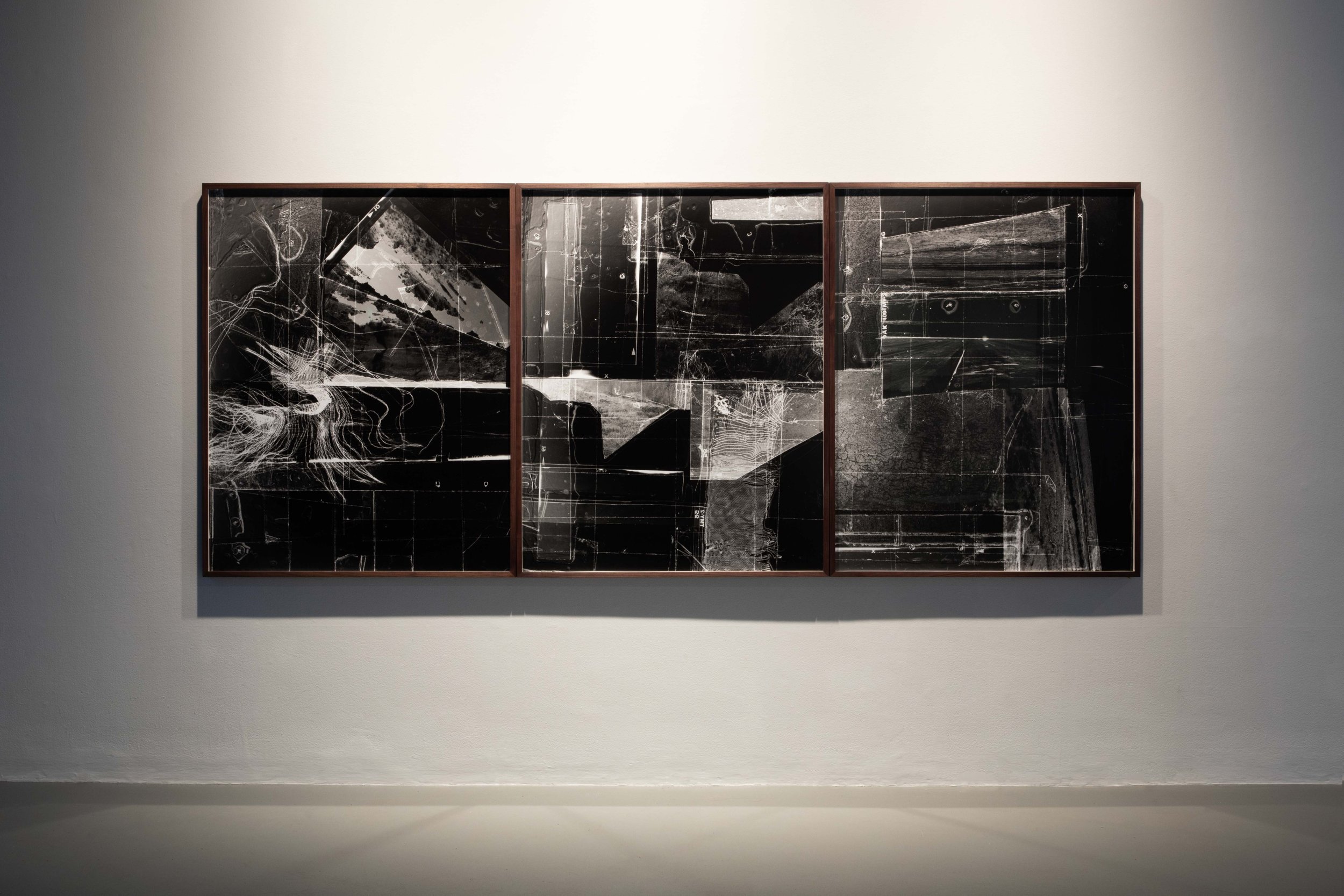
Catriona Leahy
Participating in The Land as Other
My interest lies in the remains of cultural phenomena that have been displaced, or have lost their significance in our progress-driven, globalised society. Residues on the landscape of our industrial past and by extension, the impact this intervention has had on our environment provide material for investigating the repercussions of a society driven by progress. Focusing particularly on anthropogenic landscape - landscapes made or transformed by man’s intervention - I attempt to draw attention to faults in the terrain in our time of ecological crisis.
My current work and research comes under the title Metabolic Rift and explores the decimated peat landscape of the Midlands of Ireland as a result of industrial peat extraction. It draws on Karl Marx’s idea that an irreparable rift or rupture has formed in the metabolic relation between human beings and nature. The work produced as a result of this research primarily takes the form of large format analogue photography. Through a process of visual and physical tailoring, I cut, collage and exhaust my negatives to create new and alternative landscapes. This process is heavily influenced by my background as a printmaker and in particular my early work made through collagraph – itself a collage process. Not unlike the bog landscape itself, which is like a mesh of tightly woven fabric, the cut and collaged negatives are made of layers, and tissues; they contain strata, sediments, deposits as well as residues of my finger prints. The resulting enlarged analogue prints bear the scars and wounds of my interventions and echo the deep incisions visible on the surface of the bog. In their enlarged exposure, they begin to resemble skin, blistered and sutured, but also are not dissimilar to aerial maps or satellite images of an alien and distant planetary surface. Such parallels invite an uncomfortable association between the body, the vulnerability of skin, and the damaged earth.
For The Land As Other, I anticipate exploring the post-industrial landscape of Wales. While I too am an outsider, as an Irish person I not only empathise with the sense of loss of one’s mother tongue, but the aftermath of exploitation of natural resources seems to act as an analogy for the wounded body, dislocated and displaced.

